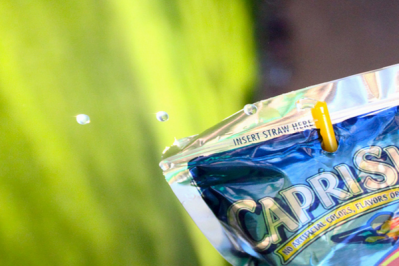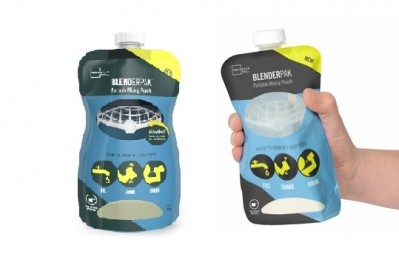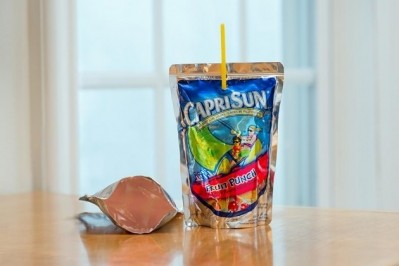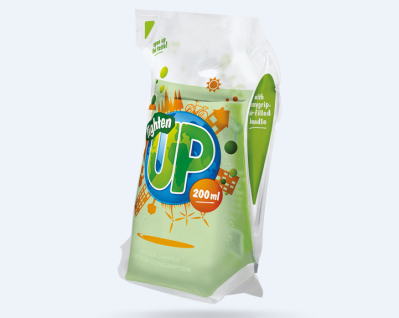BEVERAGEDAILY.COM SPECIAL EDITION: FLEXIBLE BEVERAGE PACKAGING
‘The beverage pouch is no slouch!’ cries Datamonitor packaging guru
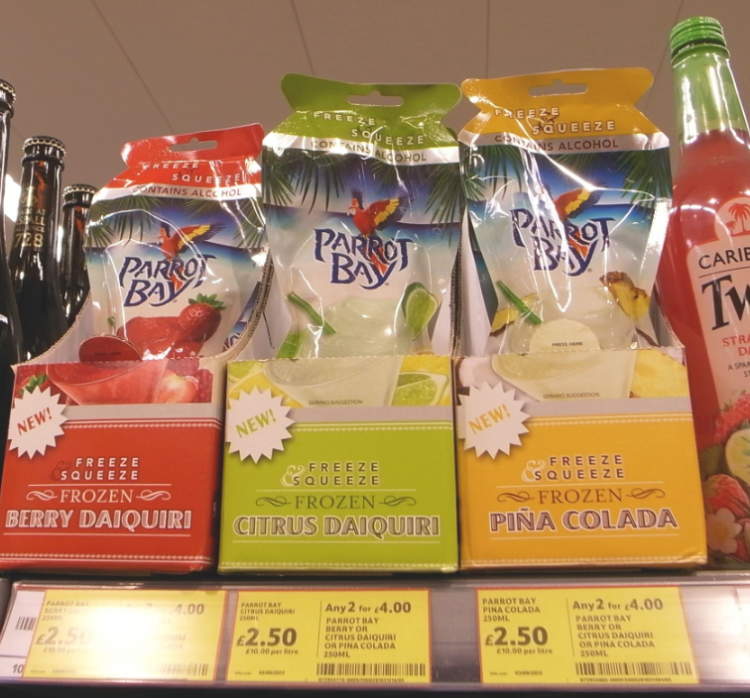
“High quality decoration is a definite bonus of flexibles,” he told BeverageDaily.com. “Now the science is there to create shapes, closures are more imaginative, and you can start to cut and do things with the flexible film itself without damaging the products.”
Streeter, director of CPS Intetrnational and Packaging Innovations Director at Datamonitor, said he had seen “quite a large push” in the US for about five years on flexibles, although in the drinks space market and consumer perceptions meant non-alcoholic launches were easier that alcoholic rollouts.
Consumers are more receptive
That said, younger people were more likely to favor pouches when experimenting with new alcoholic drinks, Streeter said, and had grown up with pouch products – given the rise of toddler pouch products, juices, gels and sports drinks.
“It’s only natural, I think, that we’ll start seeing some very trendy alcoholic drinks for younger people in pouches,” Streeter said, with a nod to products such as Malibu RTD cocktails, or Diageo’s Parrot Bay cocktails, where pouches were ideal for products like the latter, because they can be frozen, whereas cans and glass cannot.
Although research firm Freedonia Group recently warned that slower US fruit-based beverage sales to 2017 (due to sugar content) had hit pouch growth, Streeter believes that any slowdown is likely to be temporary.
“I’ve been very impressed by the innovations with pouches in the US across quite a wide range of non-alcoholic beverages, including sports and energy drinks,” Streeter said.
“Several things are coming together globally – a demand for cost reduction, boosted by sustainability demands that have pushed for material reduction. I think the timing is good,” he added.
“That’s coincided with an economic crisis that has forced people’s hands, and forced consumers to think differently, be more receptive to lighter packs, and pouches and flexible packages generally.”
Target for mischief makers?
Better closure systems were improving consumer functionality, and the latest Capri Sun pouches, for instance, are waisted like a bottle to assist carrying, Streeter noted, while Gatorade single-serve products have devices in the pouch to help holding.
Pinholes in flexibles are one widely reported problem, but Streeter said this is less of a problem nowadays due to polymer development - given better testing for film flexibility and resistance to cracking implemented over the past 10 years - as well as improvements (from resin houses) to sealing mediums on the inside of laminates.
However, he warned that one weakness was the junction between the flexible and rigid fitments within the pouch like the closure, where integrity of seal was one live area of development.
“There’s also the issue of tamper evidence, and I do wonder if a pouch is more vulnerable to mischief makers compared to a glass bottle or an aluminum can, where this usually pretty obvious, since pouches are not so mechanically strong,” Streeter said.
Another potential risk Streeter identified was that, in a move from readymade pouches to fairly complex designs made 'on line' using form-fill-seal machines (for higher volume SKUs), adding rigid fitments to the latter could “pose efficacious challenges” in terms of package integrity.
‘Le Bag…sans le Box!’ for wine
Streeter cited a three-liter pouch of Bordeaux wine from Club des Sommeliers (made by French firm Bag’Innov) as an example of innovative pouch packaging in a “quite conservative country”.
The pouch looked “quite acceptable”, he added, noting that it stands on its base and has a tap at the bottom, is nicely decorated on the outside and sports a handle on top.
“We’ve weighed the pouch and it comes in at 48g. That’s pretty hard evidence, that for three liters of wine they've really stripped packaging weight out. It claims to stay fresh for two months after opening, and looks quite good actually.”
In terms of recycling, many pouches on the market had barrier materials based on polypropylene that is reasonably easy to recycle as a mixed material, Streeter said.
“But I think it’s more complex when you’ve got aluminum in the mix – sometimes it’s there for stiffness, a barrier or aesthetic appeal, but that does make recycling more problematic,” he added.
